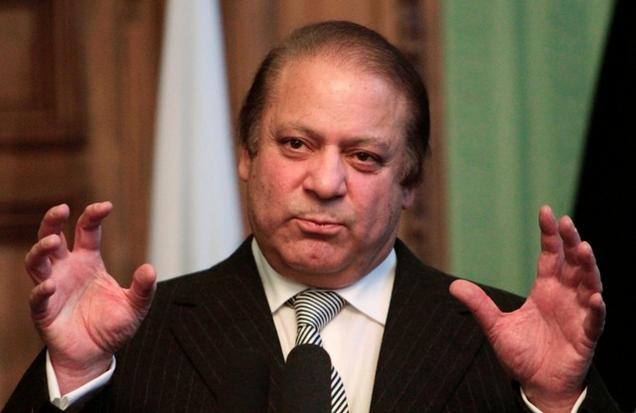Paris climate agreement on track

UNITED NATIONS. – As many as 170 countries are expected to sign the Paris Agreement on climate change today in a symbolic triumph for a landmark deal that once seemed unlikely but now appears on track to enter into force years ahead of schedule. UN officials say the signing ceremony today will set a record for international diplomacy: Never before have so many countries inked an agreement on the first day of the signing period.
That could help pave the way for the pact to become effective long before the original 2020 deadline – possibly this year – though countries must first formally approve it through their domestic procedures.
“We are within striking distance of having the agreement start years earlier than anyone anticipated,” Brian Deese, an adviser to President Barack Obama, said in a speech last week at Reed College in Portland, Oregon.
The US and China, which together account for nearly 40 percent of global emissions, have said they intend to formally join the agreement this year. It will enter into force once 55 countries representing at least 55 percent of global emissions have done so.
“There’s incredible momentum,” former New Zealand Prime Minister Helen Clark, who heads the UN Development Program, told The Associated Press. “We’re moving as quickly as possible to action.”
She said her agency is working with more than 140 countries on climate change-related issues, and that financing to make the Paris Agreement a reality is “critical, and let’s hope everyone lives up to commitments made”.
The agreement, the world’s response to hotter temperatures, rising seas and other impacts of climate change, was hammered out in December outside Paris. The pact was a major breakthrough in UN climate negotiations, which for years were bogged down with disputes between rich and poor countries over who should do what to fight global warming.
The mood was so pessimistic after a failed 2009 climate summit in Copenhagen, Denmark, that UN climate chief Christiana Figueres said she thought a global deal wouldn’t happen in her lifetime. Now she expects the Paris Agreement to take effect by 2018. Under the agreement, countries set their own targets for reducing emissions of carbon dioxide and other greenhouse gases. The targets are not legally binding but countries must update them every five years.
That’s because scientific analyses show the initial set of targets that countries pledged before Paris don’t match the long-term goal of the agreement to keep global warming below 2 degrees Celsius (3,6 degrees Fahrenheit), compared with pre-industrial times. Global average temperatures have already climbed by almost 1 degree C. Last year was the hottest on record.
“Even if the Paris pledges are implemented in full, they are not enough to get us even close to a 2-degree pathway,” said John Sterman, of the Massachusetts Institute of Technology. “I don’t think people understand how urgent it is.”
The latest analysis by Sterman and colleagues at the Climate Interactive research group shows the Paris pledges put the world on track for 3,5 degrees C of warming. A separate analysis by Climate Action Tracker, a European group, projected warming of 2,7 degrees C.
Either way, scientists say the consequences could be catastrophic in some places, wiping out crops, flooding coastal areas and melting glaciers and Artic sea ice.
Small island nations and other vulnerable countries managed in Paris to get others to agree to an aspirational goal of keeping the temperature rise below 1,5 degrees C, which many analysts say won’t be possible without removing vast amounts of greenhouse gases from the atmosphere.
“In Paris they reached what was possible diplomatically and maybe went a little bit beyond it,” Sterman said. “I think we should celebrate it. But the physics of the climate are relentless.”
There is some good news. Global energy emissions, the biggest source of man-made greenhouse gases, were flat last year even though the global economy grew, according to the International Energy Agency. Some say that shows countries are finally driving their economies forward without burning massive amounts of oil, coal and gas.
Still, those fossil fuels are used much more widely than renewable sources like wind and solar power. – AP










Comments